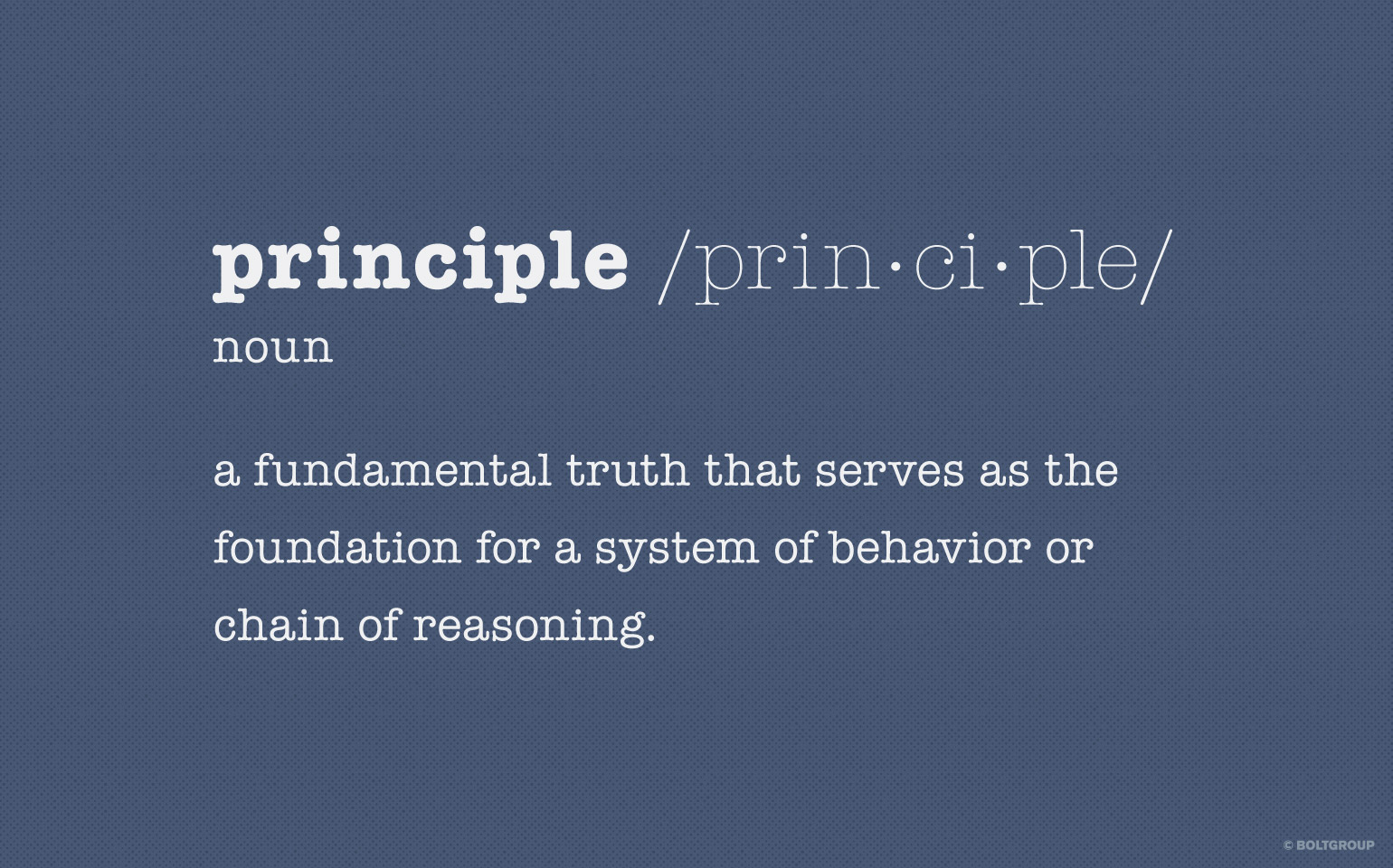The Principle:
In the minds of customers and end users, your product and your brand are inextricably linked. One of the most enduring experiences of your brand, and its resulting perception in their mind, is the experience these customers and end users have with your products.
4 key strategies to make the most of this Principle in 2017 and beyond:
1) Fall Back in Love With Your Customers and End Users
Many of the most successful companies love their customers to the point of obsession. They design products specifically for them, position their brands to be of value to them, and shower them with love, day in and day out. They do this through the experiences they create for these customers at every touch point. Most of these companies you know—Nike, Herman-Miller, Disney, Coca-Cola, Apple, Starbucks, Target, etc. And even though you may not be as big as them, it doesn’t mean you can’t use the same methods to harness and embrace the benefits that “Loving Your Customers” brings. I’ll paraphrase the songwriter, “To Know Them, Is To Love Them,” and offer two articles to help spark the flame:
How to Beat the Big Guys —All You Need is Love
The ROI of Design in Mid-Size Manufacturing
Then, once you know them better and know how to love them, move to #2.
2) Examine / Evaluate / Refine Your Brand Foundation and Strategy
When was the last time you did a scrub on your brand? Your brand is one of the most unique and valuable assets your company owns. It should be a powerful weapon for you as you compete for market share and profitable margins in your marketplace. Make sure you seek out your vision, mission, and your brand’s purpose. Then flesh out the pillars on which your brand is built, the position you want to own in the minds and hearts of your customers and end users, the personality of your brand—its voice and tone, the story it tells, and the value propositions it brings to each customer and market segment. Use all the insights you gather in #1 above to inform this effort and to validate the final result. Here are a couple of articles that explore this process in more detail:
Forget About Type of Brand Strategy. What is Your Brand’s Strategy?
Now you’re ready for #3.
3) Insert Your Brand Into Your Product Development Process
By adopting the Principle at the start of this blog, we can infer that the value in your brand can be transferred to people who use your product—if done correctly. To design products that are imbued with your brand, your new product development team must be immersed in the brand criteria and understand how to translate it into product design and product experience. This is no easy task and it must be instilled, managed, and monitored by a brand steward—all the way through to customer presentation and use. To learn more about the process and principles consider these in-depth articles:
Marketing’s Vital Role in New Product Development
Product Experience Can Propel Brand Value. Here’s How:
Why Create A Visual Brand Language?
How to Build a Visual Brand Language
This may be all you can add to your already long list of projects for 2017, but if you’re able, explore one last opportunity to take advantage of all the groundwork you’ve performed in #1 and #2 above.
4) Evaluate Product Expansion Ideas Based on Your Brand
Every brand has a limit. The point beyond which customers and end users will question the believability of your brand, and your capability to be the expert and preferred choice in their mind. However, positive brand equity based on trust and experience can stretch those boundaries to allow for incremental market opportunity—at the right time. And having some groundwork done in advance will position you to seize this opportunity when it presents itself.
Look at direct extensions in the same product category. Look at adjacent categories where your brand could potentially transfer that equity. Look at market stratas for premium or value offerings. These are the most logical extensions—can your brand go deeper, broader, higher / lower?
Next, consider technology transfer to different markets. Can your proprietary knowledge or expertise be applied in other markets? Like the Virgin brand. Like Nike. Like apparel brands that extend deeper into more categories of apparel, broader into accessories and leather goods, higher / lower across different retail channels, and then into other markets like perfume, watches, and luggage. This is all possible because of well-conceived, well-founded brands and positive brand experiences of customers and end users. Read this for additional perspective: Product Expansion: Do You Have Permission?
In 2017, many will be satisfied with just designing the next product iteration and pushing it through the distribution channel. Be among the handful of companies that go further. Challenge yourself and your team to raise the bar by harnessing the power of your brand, building brand into your product experiences, and propelling your market success.
